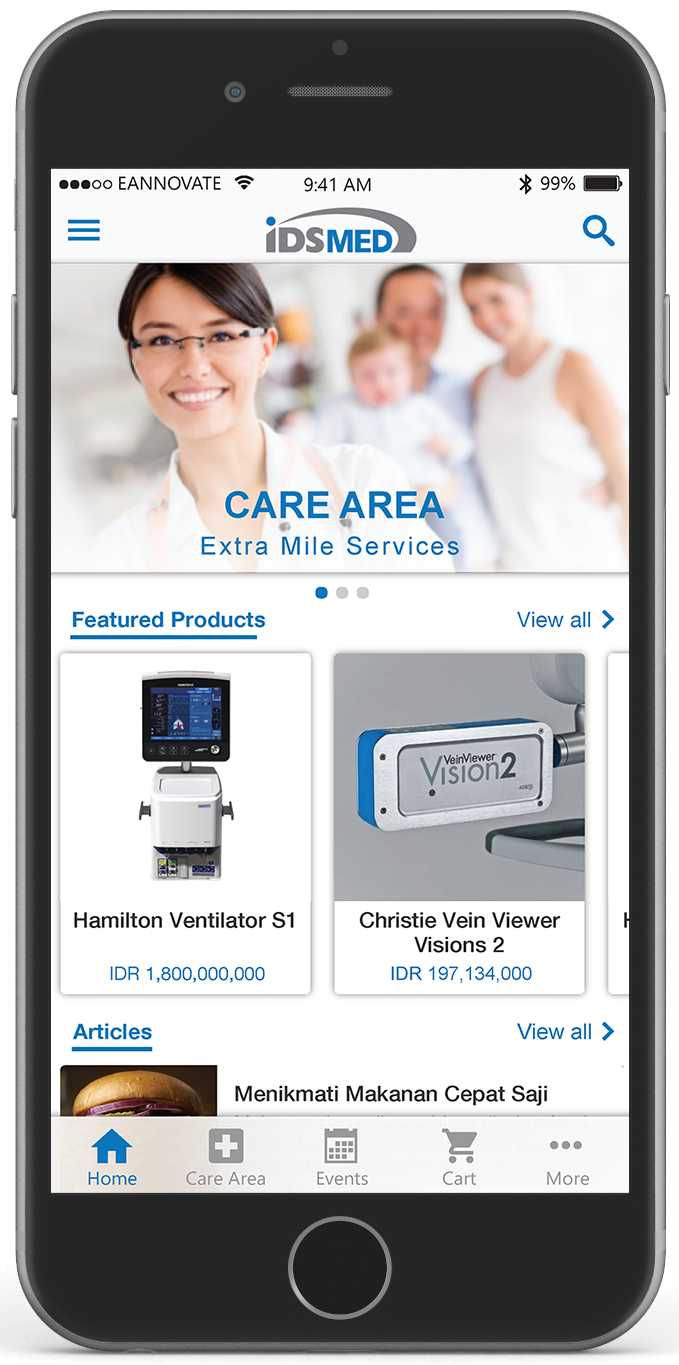People acquire infectious diseases from many different places during their lives, one of which is hospitals. The hospital environment, although look clean and sterile, may carry a silent threat in the form of viruses, germs, as well as infectious bacteria. Infections that are acquired in the hospital are known as Nosocomial Infections or Healthcare Associated Infections (HAIs).
HAIs are a major cause of mortality and morbidity, and they provide challenge to clinicians. Some people have higher risk of acquiring HAI such as babies, children, the elderly, people with medical conditions, and those with defective immunity, compared to others. Young children, for instance, are likely to acquire and spread infections easily because they tend to put objects or their fingers into their mouths. Some of the symptoms these children could catch may include fever, cough and cold, and diarrhea. People may not be aware of this, however there are still quite a number of parents who bring their children along during hospital visits or treatments. As medical care becomes more complex and antibiotic resistance increases, the cases of HAIs will grow. The good news is that HAIs can be prevented and reduced in a lot of healthcare situations.
By following infection control procedures and policies, hospitals and its staff should take every precaution to avoid these infections to spread. One of which is by conducting Early Parenting Education for visitors of the hospitals. Hospitals could advise parents not to take children under 13 to visit admitted patients, due to their immature immune systems, compare to that of the adults. Installing signs which advise visitors to wear masks at all times during their hospital visit, is another precautionary action that hospitals can take to reduce the spread of nosocomial infections.
Of course, the well-known standard forms of infection prevention should remain a priority of hospitals: constant washing of hands; sterilizing equipment; cleaning operating room surfaces and thorough cleaning at night. In addition, doctors are not allowed to enter the operating room (OR) wearing the same scrubs they wear outside of the OR. The banning of cellphones, jewelry, as well as neckties, are also some of the standard actions to prevent the spread of microbes in the OR.
In Britain, infection rates have dropped steeply. Dr. Mark Wilcox, The Head of Medical Microbiology at Leeds Teaching Hospitals and The Head of the C. difficile task force for Public Health England, attributes the success in part to having a coordinated, single health system for the entire country. According to Dr. Wilcox, hospitals are “obsessional” about hand hygiene. However, to do the best cleaning job, health workers must be “bare below the elbows,” with no watches on the wrist. Lab coats, while making a doctor look professional, are also banned, as they can brush up against patients and transfer bacteria from one patient to the next.
By promoting and undertaking those precautionary measures, healthcare institutions and practitioners are hand in hand in reducing the spread of infections to visitors and patients of hospitals, particularly young children. Parents also play a major role in these actions to help prevent the spread of nosocomial infections to their children and themselves.
Reference :
https://well.blogs.nytimes.com/2016/05/11/picking-up-an-infection-in-the-hospital/
https://www.betterhealth.vic.gov.au/health/ConditionsAndTreatments/infections-in-hospital-reduce-the-risk
https://www.thechildren.com/health-info/conditions-and-illnesses/preventing-spread-infection-hospital-it-your-hands















